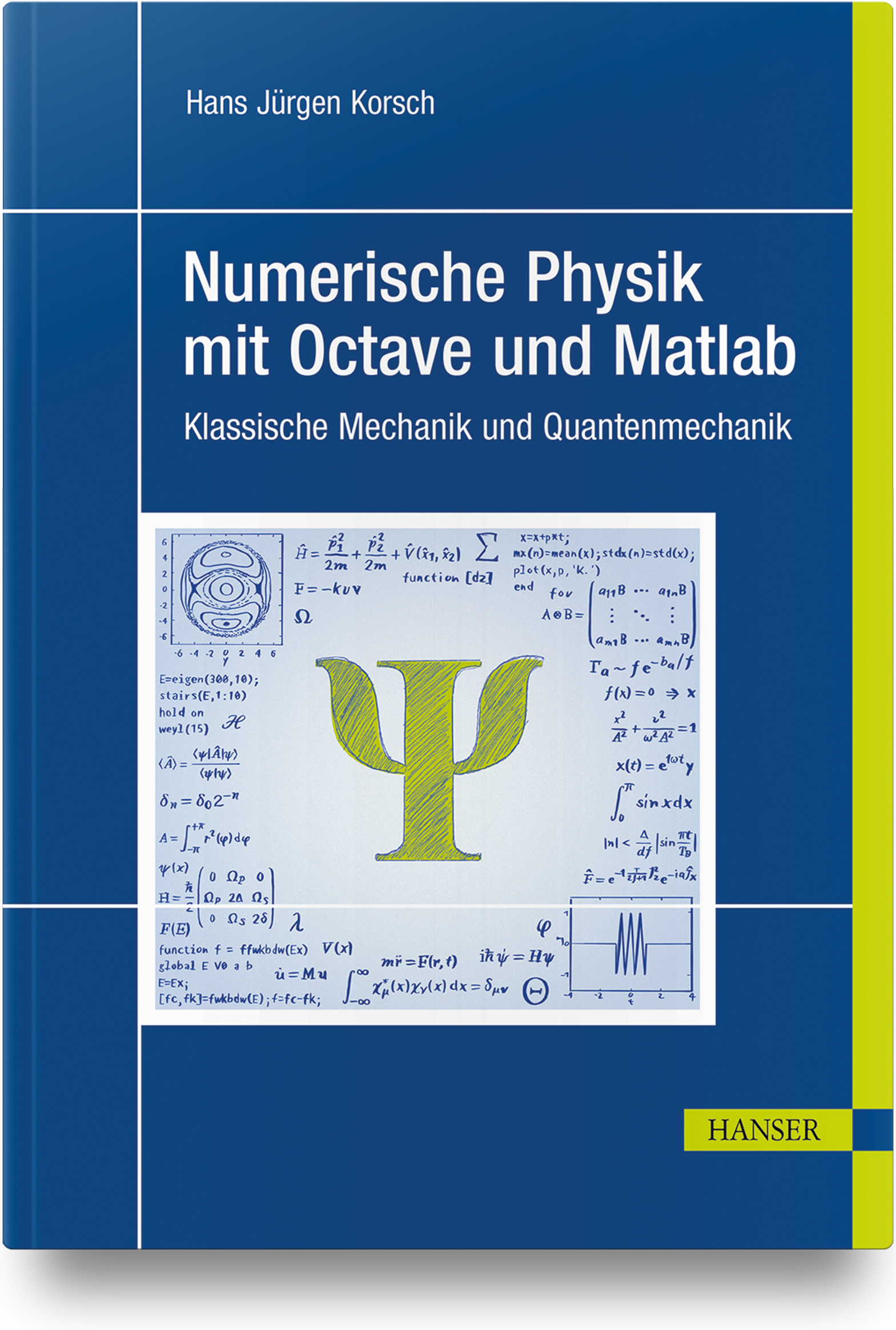- Sie sind hier:
- Fachbuch
- Kunststofftechnik
- Verarbeitung und Maschinen
- Extrudieren
Extruder Processing
Comparison of Single- and Twin-Screw Extruders for Optimal Solids Conveying, Melting, and Mixing
- ISBN: 978-1-56990-864-8
- Buchangaben: 1. Edition, 09/2022
234 Pages, PDF
However, for the same production rate, twin-screw extruders are generally more expensive than single-screw extruders with a diameter less than 200 mm. Therefore, a thorough understanding is needed for the concepts of solids conveying, melting, and mixing for the two types of extruders to make appropriate process acquisition decisions. This book covers engineering and technology concepts that should aid the practitioner in comparing these two types of extrusion equipment relative to process requirements.
However, for the same production rate, twin-screw extruders are generally more expensive than single-screw extruders with a diameter less than 200 mm. Therefore, a thorough understanding is needed for the concepts of solids conveying, melting, and mixing for the two types of extruders to make appropriate process acquisition decisions. This book covers engineering and technology concepts that should aid the practitioner in comparing these two types of extrusion equipment relative to process requirements.
Paul G. Andersen, Ph.D., is Process Technology Consultant at Coperion Corporation, Ramsey, NJ, USA. He was previously Director, Process Technology at Coperion, a position he held until 2016. In 2009/2010, he was President of the Society of Plastics Engineers (SPE).
Gregory A. Campbell, Ph.D., is Chief Technical Officer at Castle Associates, Jonesport, ME. He was previously professor and departmental chair of chemical engineeering at Clarkson University, NY. He formerly directed a research group at GM Research and managed polymer fabrication at Mobil Chemical Research. He is a Fellow and former Extrusion Board Member of the Society of Plastics Engineers (SPE).
Paul G. Andersen, Ph.D., is Process Technology Consultant at Coperion Corporation, Ramsey, NJ, USA. He was previously Director, Process Technology at Coperion, a position he held until 2016. In 2009/2010, he was President of the Society of Plastics Engineers (SPE).
Gregory A. Campbell, Ph.D., is Chief Technical Officer at Castle Associates, Jonesport, ME. He was previously professor and departmental chair of chemical engineeering at Clarkson University, NY. He formerly directed a research group at GM Research and managed polymer fabrication at Mobil Chemical Research. He is a Fellow and former Extrusion Board Member of the Society of Plastics Engineers (SPE).
Carl Hanser Verlag GmbH & Co KG
Kolbergerstr. 22
81679 München
E-Mail: info@hanser.de
Sicherheitshinweis entsprechend Art.9 Abs. 7 Satz 2 GPSR entbehrlich
Carl Hanser Verlag GmbH & Co KG
Kolbergerstr. 22
81679 München
E-Mail: info@hanser.de
Sicherheitshinweis entsprechend Art.9 Abs. 7 Satz 2 GPSR entbehrlich







